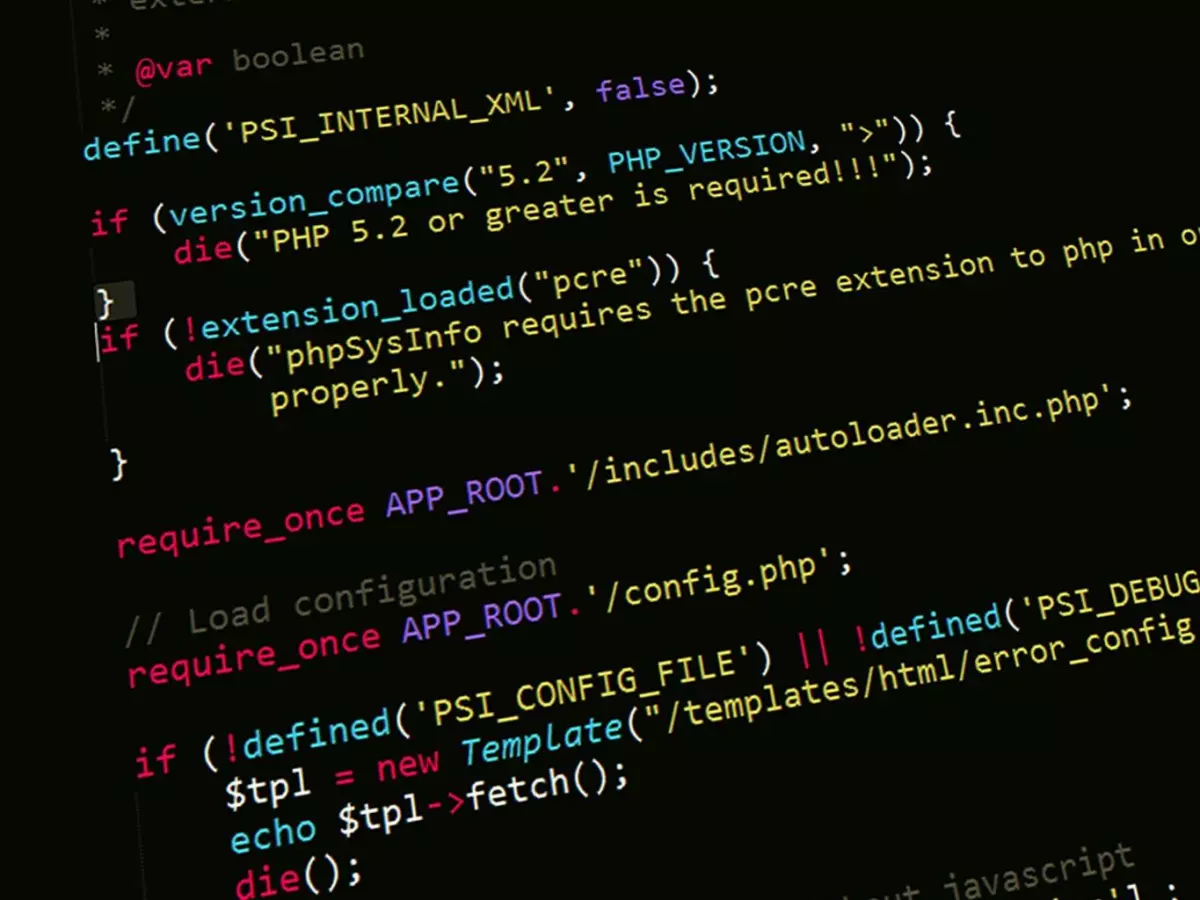Galaxy Update Chaos
Over 5 years after their launch, Samsung's Galaxy S10 and Note 10 series are facing a new challenge: a software update that has left many users with bricked devices.

By Sophia Rossi
"Any sufficiently advanced technology is indistinguishable from magic," said Arthur C. Clarke. But what happens when that magic turns into a nightmare? For many Samsung Galaxy S10 and Note 10 users, a recent software update has done just that—transforming their once-powerful devices into expensive paperweights.
The culprit? A recent update to Samsung's SmartThings app, which has caused older Galaxy models to enter a bootloop, rendering them unusable. According to Engadget, the issue primarily affects Galaxy S10 and Note 10 devices, but some users with Galaxy M51 and A90 models have also reported problems. The update, which was meant to improve functionality, instead left these devices stuck in an endless reboot cycle.
What Exactly Happened?
So, what went wrong? The update, which rolled out over the past few days, was supposed to enhance the SmartThings app, Samsung's hub for controlling smart home devices. However, for users running Android 12 on older Galaxy models, the update had an unintended consequence: it bricked their phones. The devices would get stuck in a bootloop, endlessly restarting without ever fully turning back on.
Samsung quickly acknowledged the issue, stating, "We are aware that a limited number of Galaxy smartphones running on Android 12 are rebooting continuously during an update to the latest version of the SmartThings app." The company has since suspended the update and is working on a fix. But for users who have already downloaded the update, the damage has been done.
Can You Fix It?
Yes, but there’s a catch. The only way to recover a bricked device is to perform a factory reset. This will restore the phone to its original settings, making it usable again. However, there’s a significant downside: any data that hasn’t been backed up will be lost. Photos, contacts, apps—everything will be wiped clean.
If you’re one of the unlucky users affected by this issue, here’s a step-by-step guide to performing a factory reset:
- Turn off your device: Hold down the power button and volume down button simultaneously until the phone powers off.
- Enter recovery mode: Once the device is off, press and hold the power button, volume up button, and Bixby button (if your device has one) until the Samsung logo appears. Release the buttons when you see the logo.
- Select 'Wipe data/factory reset': Use the volume buttons to navigate the recovery menu and highlight 'Wipe data/factory reset.' Press the power button to select it.
- Confirm the reset: You’ll be asked to confirm your choice. Use the volume buttons to highlight 'Yes' and press the power button to confirm.
- Reboot your device: Once the reset is complete, select 'Reboot system now' from the recovery menu. Your phone will restart, and you’ll be able to set it up as if it were new.
How to Avoid Data Loss
If you haven’t been affected by the update yet, or if you’ve managed to recover your device, now is the time to back up your data. Here’s how:
- Use Samsung Cloud: Samsung offers its own cloud service for backing up data. Go to Settings > Accounts and Backup > Samsung Cloud and select the data you want to back up.
- Google Drive: You can also use Google Drive to back up your files. Go to Settings > Google > Backup and enable 'Back up to Google Drive.'
- External storage: If you prefer to keep your data offline, you can back it up to an external hard drive or SD card.
Backing up your data regularly is always a good idea, especially if you’re using an older device that may not receive regular software updates.
Why Older Devices Are Vulnerable
This issue highlights a broader problem with older smartphones: software support. The Galaxy S10 and Note 10 are now over five years old, and while they were cutting-edge when they launched, they’re no longer a priority for Samsung’s software updates. As devices age, they become more vulnerable to bugs and glitches, especially when new software is designed with newer hardware in mind.
It’s not just Samsung, either. All smartphone manufacturers eventually stop providing regular updates for older models. This can leave users in a tough spot: their phones still work, but they’re not as secure or reliable as they once were. And as this recent update shows, even a minor software change can have major consequences for older devices.
What’s Next?
Samsung has promised to resolve the issue, but it’s unclear how long that will take. In the meantime, affected users can contact Samsung’s customer support for assistance. The company has also suspended the SmartThings update, so users who haven’t downloaded it yet are safe—for now.
For those who have already been affected, the factory reset is the only solution at the moment. But even that comes with the risk of losing your data, so if you haven’t backed up your phone recently, now is the time to do it.
As we wait for Samsung to roll out a fix, this incident serves as a reminder of the importance of regular backups and the risks of using older devices. Technology may be magical, but even magic has its limits.





